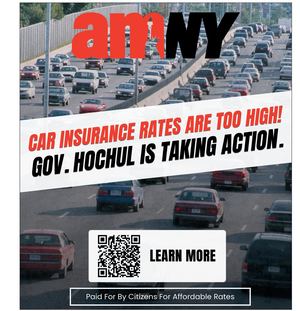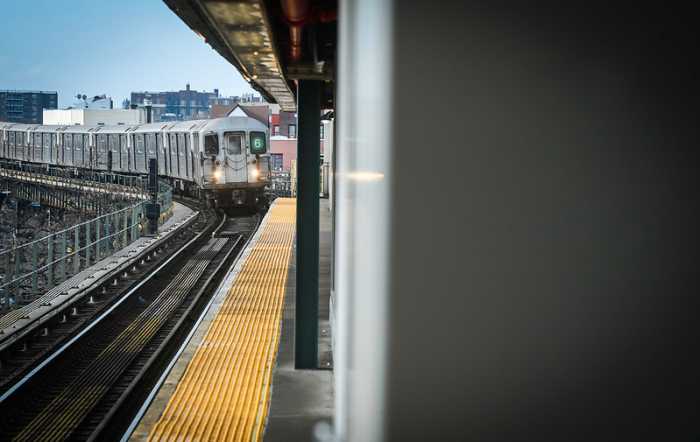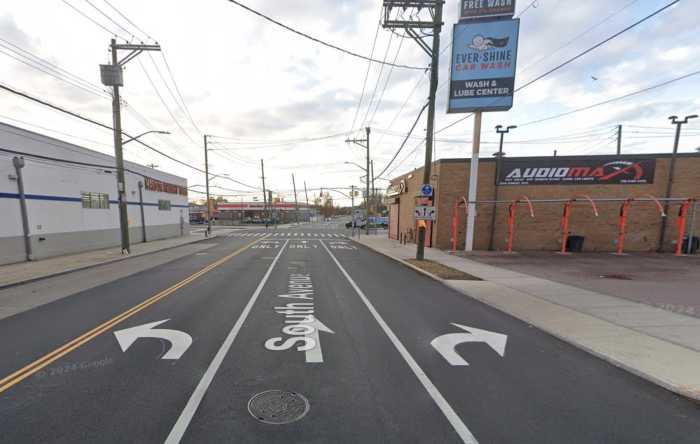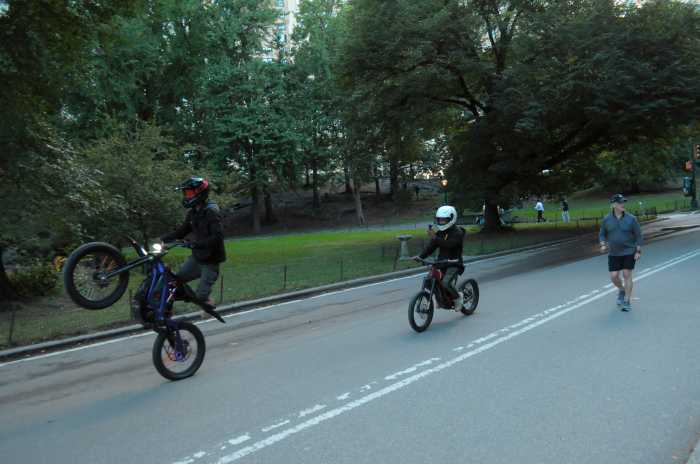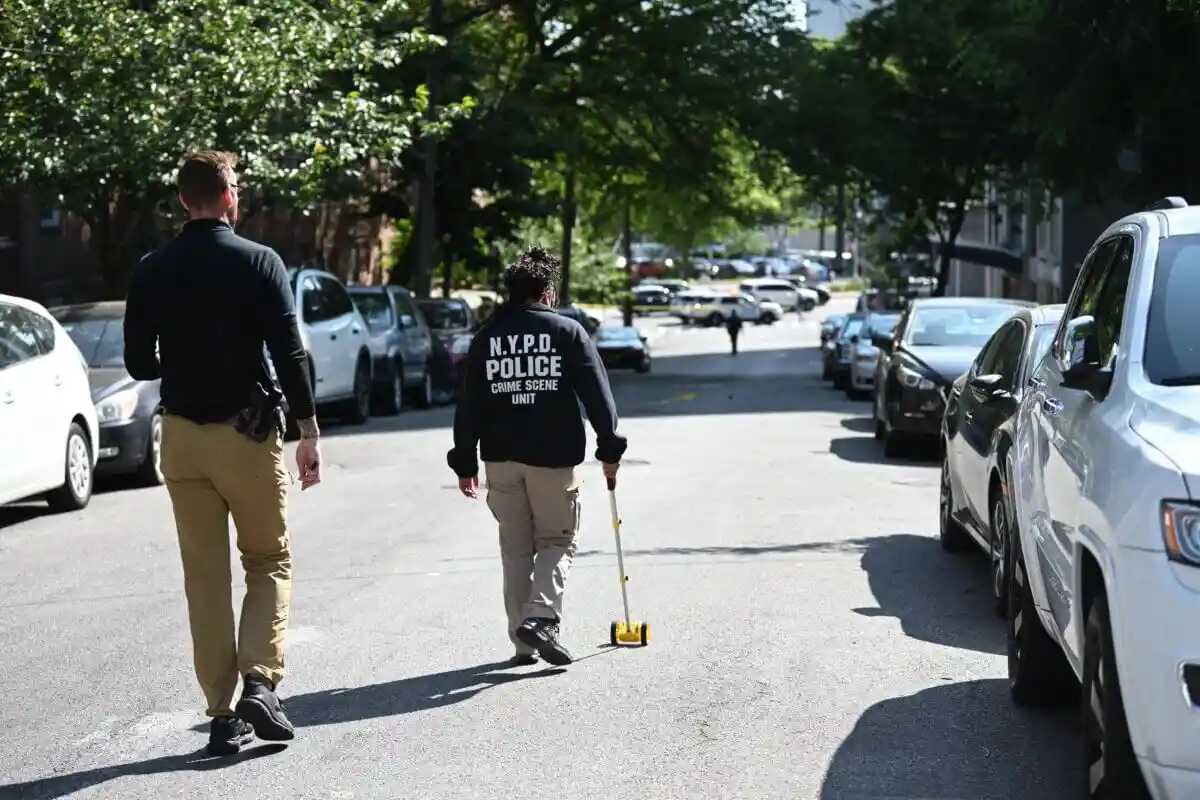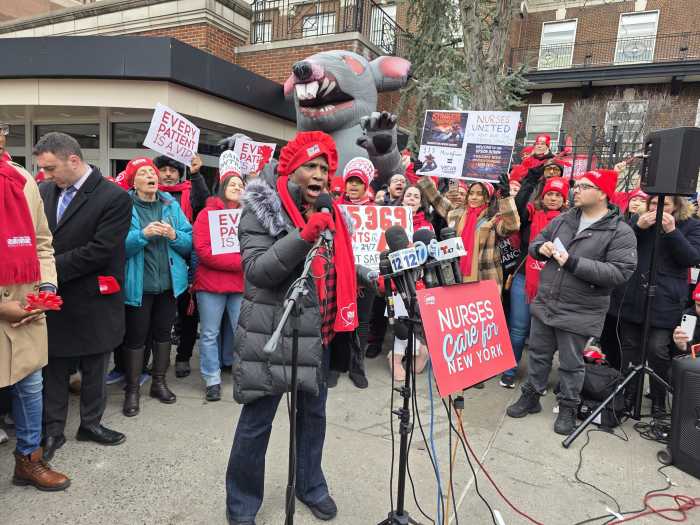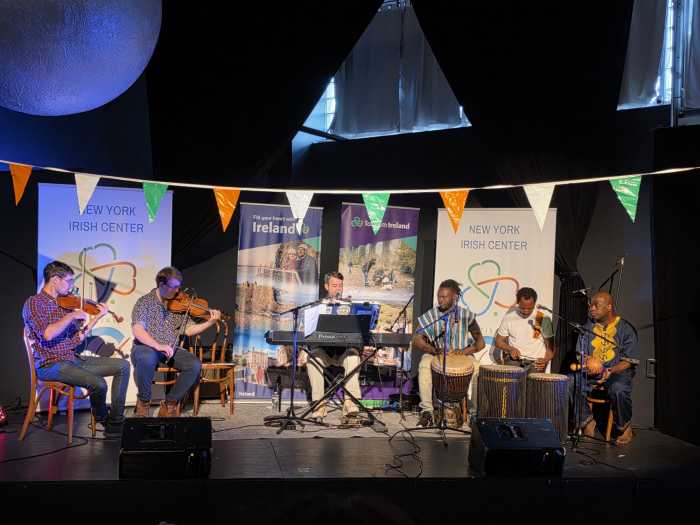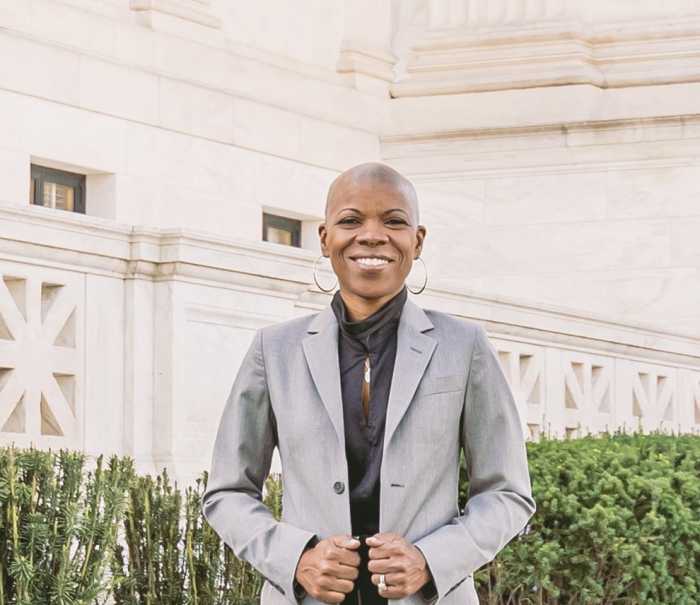Several city lawmakers rode packed subway cars this week in an effort to gather feedback from commuters on the challenges they face every day.
City Councilman Ydanis Rodriguez, chairman of the Committee on Transportation, kicked off the second annual 24-hour Riders Respond Transit Tour outside of the Van Cortlandt Park-242nd Street station in the Bronx, Wednesday morning. The tour lasted to Thursday evening at the Bowling Green and Staten Island Ferry.
Tour participants traveled station to station — assessing infrastructure and interviewing subway riders, focusing on experiences related to accessibility issues, equity in transit services and overall commuting satisfaction — for 12 hours.
Riders largely had the same concerns — the extent of delays, subway cleanliness and the lack of access for the disabled.
Escuchando nuestra comunidad en Delancey Street station pic.twitter.com/7Ce87EIoff
— Ydanis Rodriguez (@ydanis) October 3, 2018
Lionelle Hamanaka said she’s a lifelong New Yorker who has always relied on the subway but knows service can be improved.
“Commuters need a better improvement for their ride to work,” Hamanaka said. “Some stations don’t have ramps for the (disabled). Instead, they’re forced to go down the stairs and up again, which make it impossible.”
A spokeswoman for Rodriguez said the lack of ramps is pervasive.
“There’s about 110 subway stations out of a total of 472 stops that are wheelchair accessible,” she said.
Assemb. Carmen De La Rosa said New Yorkers experience the same difficulties with mass transit, regardless of class or background.
“I grew up in New York City and a MetroCard was my best friend. I know the difficulties; subway systems cause us to be late for work, appointments, school,” she said. “As New Yorkers, we depend on the subway system because it is the heart and engine of New York.”
Rodriguez said much of the feedback focused on the frequency of train delays.
“I’m here to listen and hear how the citizens of New York are feeling in terms of safety and helping them from point ‘A’ to ‘B,’ ” said Rodriguez. “They’re frustrated; that’s why we’re doing this. So we could then later bring it to the president of the MTA to help get the subway system back up to speed and modernize the MTA.”
Some of the people told volunteers their biggest concern was the sometimes 40-minute wait for a train.
Lisa Daglian, executive director of the Permanent Citizens Advisory Committee to the MTA, said she was present for support.
“They (subways) are a part of a New Yorker’s everyday life; it’s a quality of life (issue) here,” Daglian said. “The MTA is making significant efforts toward improvement and have seen some in the last few months.”
In May, the MTA introduced the Fast Forward plan, a 10-year blueprint to revitalizing subway, bus and accessibility services. Who should fund the $40 billion plan, however, has become a major point of contention between Mayor Bill de Blasio and Gov. Andrew Cuomo.
The inaugural transit tour collected stories and opinions from nearly 2,000 subway riders about their daily commutes. The data was then presented to the MTA. This year, the tour data will be released later this month before the transportation committee’s hearing on the Fast Forward plan.
With Kayla Simas
